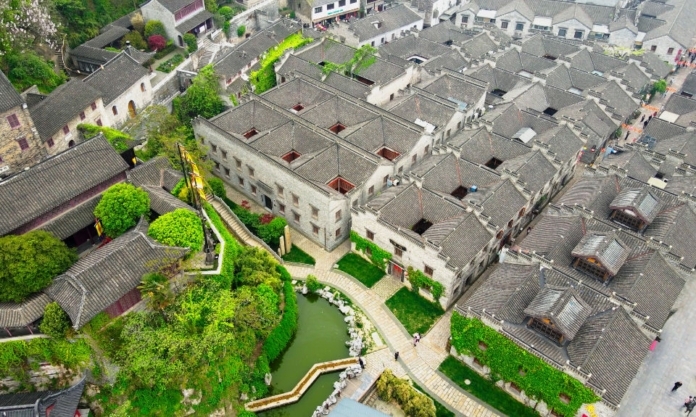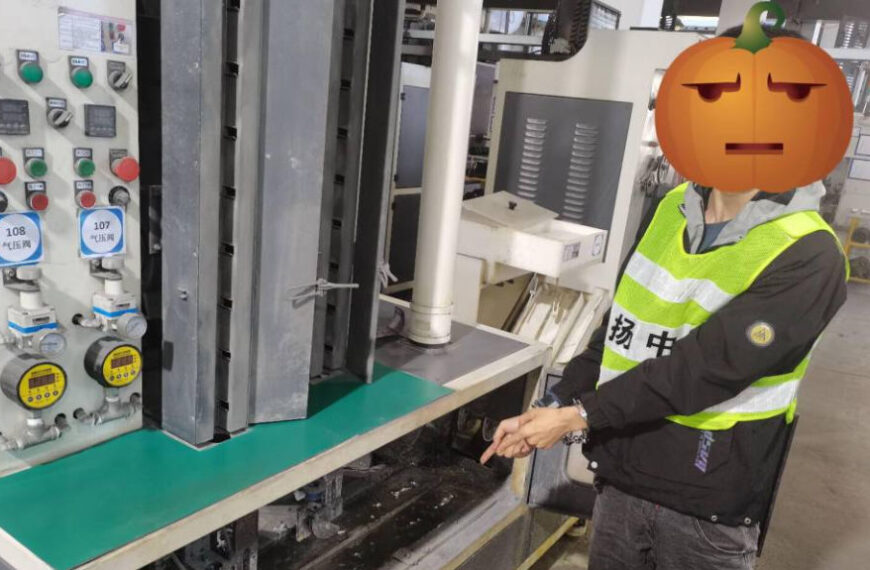Zhenjiang is Jiangsu’s smallest city jurisdiction, at just 3,840 square kilometres. But size is no measure of quality; Zhenjiang was in fact capital of Jiangsu Province between 1928 and 1949, when Nanjing served as the capital of the Republic of China.
Located in the northwest of Zhenjiang city where the Yangtze River and the Beijing-Hangzhou Grand Canal intersect, the Xijin Ferry rose to prominence a thousand years ago, becoming an important transportation hub. Today, as National 4A-class tourist attractions, the Xijin Ferry historical and associated cultural blocks are where Zhenjiang cultural relics and heritage are preserved intact to the largest possible extent.
And being around for a millennium means it has grown and shrunk, been built and raised with the ebb and flow of political power, and the comings and goings of dynasties and foreign influence.
By 1903, Zhenjiang was second only to Shanghai in terms of the numbers of foreign trade ships, with no less than 11 countries’ steamships serving the needs of international commerce. Among the first were the oil giants. Texaco, Mobil and Asiatic Petroleum all opened branch offices in Xijin Ferry around the turn of the century. As a subsidiary of Shell, the Asiatic Petroleum office is now the Zhenjiang Folk Art Museum, on Changjiang Road near the Ferry car park.
Then there is the former residence of the celebrated American author, Pearl S. Buck who lived in Zhejiang with her parents until she was 15. Based on her experience with local Zhenjiang people, Buck’s “The Good Earth” won the Pulitzer Prize for Fiction in 1932. The title was the best-selling novel in the USA in both 1931 and 1932 and went on to be one of the most popular novels of the 20th century.
But no matter the time frame, in this city which is also known as the “Garrison of the River”, water has and always will be a major natural resource. The territory of Zhenjiang includes more than 60 rivers or canals, running over a total length of 700 kilometres.
Other natural resources include minerals such as copper, iron, zinc, lead and silver, while major industrial sectors today include chemical, electro-mechanical, high-tech, bio-technology and new materials.
In the field of education, and as another throwback to its time as capital of Jiangsu, Zhenjiang is home to Jiangsu University, founded in 1902.
Back up to date, the City of Danyang is today famed nationwide for its optics; there is nowhere better to buy a quality pair of glasses at rock bottom prices.
Zhenjiang also stands out for a rather unique metro line; one that links it with another city entirely. From Jurong City that also falls under Zhenjiang’s jurisdiction, one can take the Nanjing-Jurong Intercity Railway, also known as Nanjing Metro Line S6, to connect with Nanjing Metro Line 2 in just 35 minutes.
While Zhenjiang is served by Nanjing Lukou International Airport and Changzhou Benniu Airport, it is also home to a small general aviation airport, the Zhenjiang Dalu General Airport. With an 800-metre runway adjacent to the Yangtze River, the airport offers charter flights for scenic spot tourism (to even as far away as Yellow Mountain), aerial photography plus mapping and pesticide dissemination, while also serving the Zhenjiang Aerospace Industrial Park.
Zhenjiang is 20 minutes by high-speed train from Nanjing, 1.5 hours from Shanghai and 2 hours from Lianyungang.













